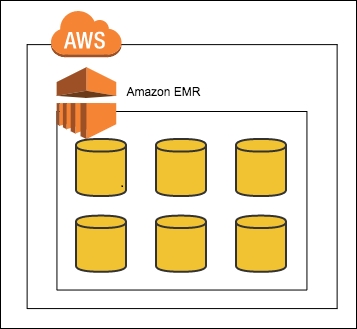Hadoop on the cloud is a new deployment option that allows organizations to create and customize Hadoop clusters on virtual machines utilizing the computing resources of virtual instances and deployment scripts. Similar to the on-premise full custom option, this gives businesses full control of the cluster. In addition, it gives flexibility and many advantages—for example, capacity on demand, decreased staff costs, storage services, and technical support. Finally, it gives the opportunity to get fast time to value, that is we can deploy our infrastructure in the Amazon cloud and start analyze our data very quickly because we don't need setup hardware and software as well as we don't need many technical resources. One of the most popular Hadoop cloud is Amazon Elastic MapReduce (EMR).
With Hunk we can interactively explore, analyze, and visualize data stored in Amazon EMR and Amazon S3. The integrated offering lets AWS and Splunk customers:
Unlock the...



